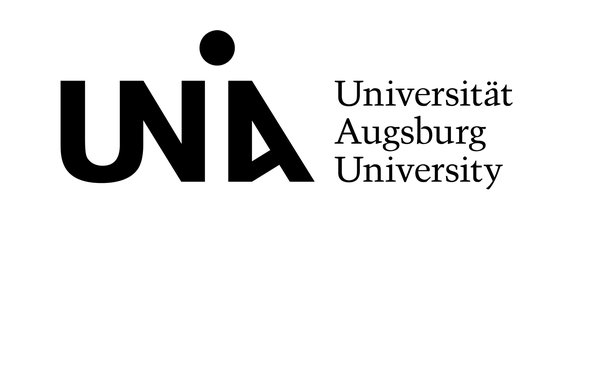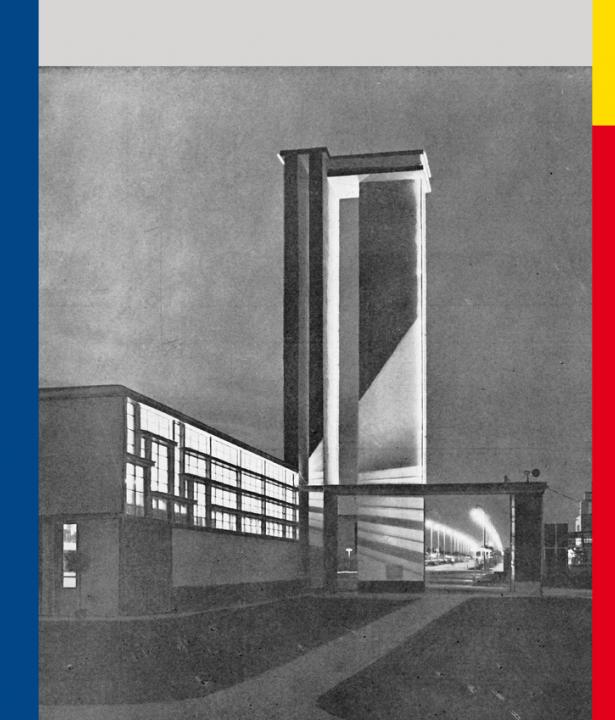What do we mean when we talk about "disability"? What does inclusion mean and how can it be put into living practice? And how did people deal with it in the past? Young students from Ukraine and Germany discussed these and other questions in this project of the Bukovina Institute, contributing their different disciplinary backgrounds and country-specific experiences.
Text
In the project, which was funded by the Foundation "Remembrance, Responsibility and Future", young students from Ukraine and Germany (University of Augsburg, Kempten University of Applied Sciences) exchanged ideas about inclusion and dealing with impairments. They brought in their different disciplinary backgrounds and country-specific experiences. History students from the Universities of Černivci and Augsburg came together with social work students from Černivci and the University of Applied Sciences Kempten, under the leadership of an interdisciplinary and international team of lecturers with the Bukovina Institute providing a significant coordinating role. The project was funded by the Foundation "Remembrance, Responsibility and Future" as part of the MEET UP! program. For several weeks, the project participants gathered in virtual meetings, as the pandemic made the planned meetings in Swabia and Bukovina impossible.
Nevertheless, they worked intensively: in small international groups, the students researched complex topics that were central to dealing with "disability", both today and in history. These included:
- "Euthanasia and the culture of remembrance".
- "Historical research on "disability""
- "Inclusion in schools and society"
- "Disability" after the wars: Legislation
- "Inclusion of the elderly"
- "Inclusion under Covid-19"
- "Inclusion of people with mental disabilities"
- "Inclusion and the work of NGOs."
They conducted interviews with affected people, scientists, relatives and public figures and took photos and videos. Furthermore, they read historical newspapers, laws and searched diverse archives. A central aspect was the international exchange of knowledge between young students and researchers across borders, conducted in a lively mix of German, English and Ukrainian.
Externe Links
External Image

External Image

External Image

External Image

External Image






